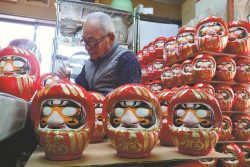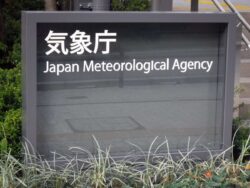Printing Process for Japan’s New Banknotes Revealed to Press Ahead of Launch; 3D Hologram Aims to Tackle Counterfeiting
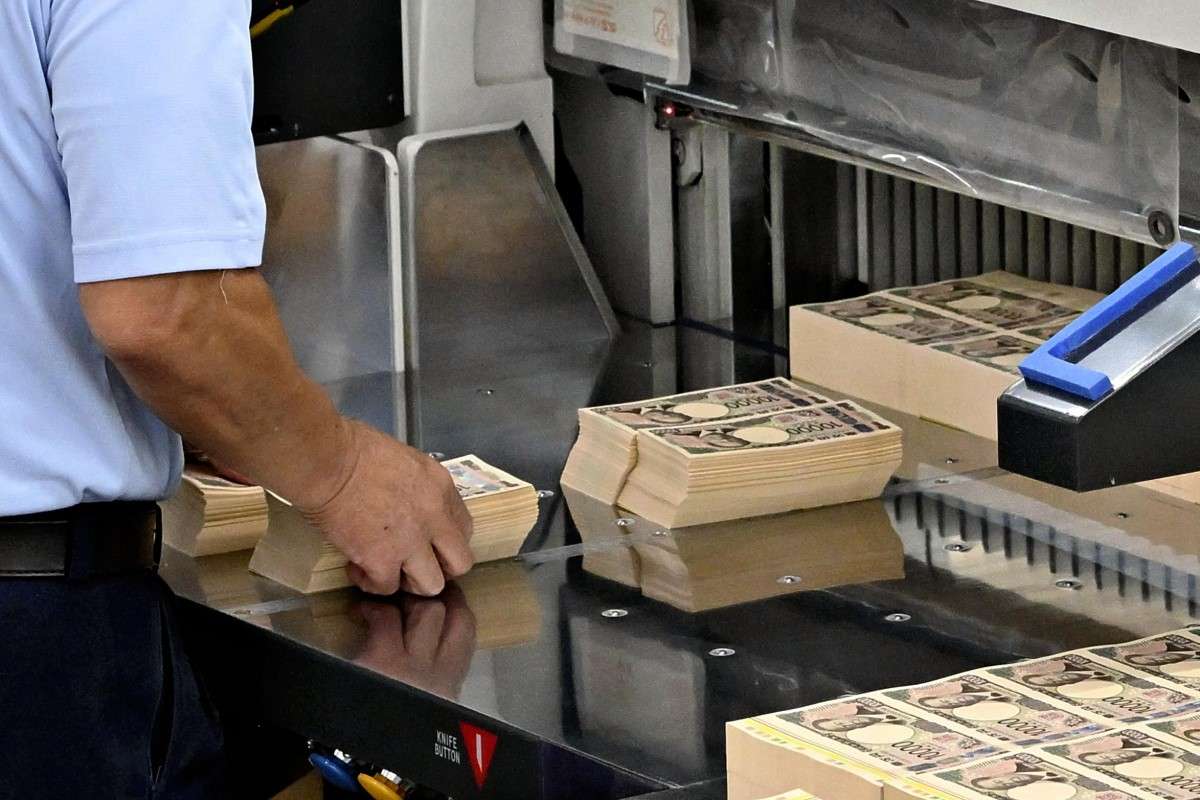
An official cut the new ¥10,000 bill on Wednesday in Kita Ward, Tokyo.
13:17 JST, June 20, 2024
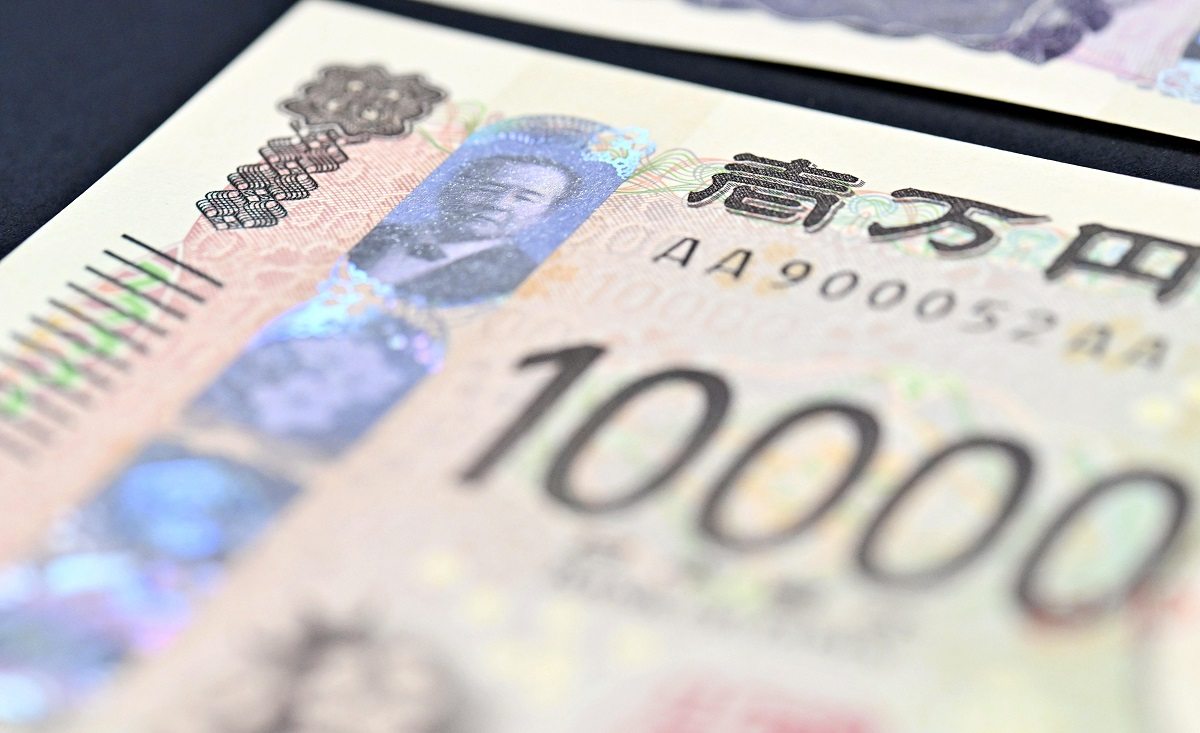

Top: A 3D hologram of the new ¥10,000 bill with the portrait of Eiichi Shibusawa
Bottom: The new ¥10,000 bill with a 3D hologram
Ahead of the issuing of new banknotes on July 3, the National Printing Bureau showed the manufacturing process to the press on Wednesday, at its plant in Kita Ward, Tokyo.
The new banknotes have a 3D hologram as part of efforts to prevent counterfeiting. A total of 20 banknotes were printed on large-format paper, and a special machine applied the hologram. The paper was then stacked into hundreds of sheets and cut with a machine.
The portrait on the new ¥10,000 bill will be that of Eiichi Shibusawa, the industrialist known as the “father of Japanese capitalism,” and the ¥5,000 bill will feature Umeko Tsuda, founder of Tsuda College, now Tsuda University. The face of the ¥1,000 bill will be bacteriologist Shibasaburo Kitasato.
A Finance Ministry official stated that current banknotes will still be valid, warning that fraudsters may say that older notes will become unusable.
"Society" POPULAR ARTICLE
-

M4.9 Earthquake Hits Tokyo, Neighboring Prefectures
-

Israeli Tourists Refused Accommodation at Hotel in Japan’s Nagano Pref., Prompting Protest by Israeli Embassy and Probe by Prefecture
-

M7.5 Earthquake Hits Northern Japan; Tsunami Waves Observed in Hokkaido, Aomori and Iwate Prefectures
-

Tsukiji Market Urges Tourists to Avoid Visiting in Year-End
-
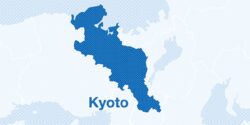
High School in Kyoto Says Students Shoplifted during Recent School Trip to Bali, Indonesia
JN ACCESS RANKING
-

Tokyo Economic Security Forum to Hold Inaugural Meeting Amid Tense Global Environment
-

Keidanren Chairman Yoshinobu Tsutsui Visits Kashiwazaki-Kariwa Nuclear Power Plant; Inspects New Emergency Safety System
-

Imports of Rare Earths from China Facing Delays, May Be Caused by Deterioration of Japan-China Relations
-

University of Tokyo Professor Discusses Japanese Economic Security in Interview Ahead of Forum
-

Japan Pulls out of Vietnam Nuclear Project, Complicating Hanoi’s Power Plans



